Thousands of students have worked in the modeling laboratory in the past. The next thousands will write new stories with one of the most advanced prototypes lab in the world as their backdrop.
The new LaborA will host students and researchers in over 700 m2 of cutting-edge machinery, a nerve center for innovation where the mix of physical and virtual modeling takes center stage . We visited it with Cecilia Maria Bolognesi , Professor of Representation and Modeling of the Department of Architecture, Construction Engineering and Built Environment (ABC).
LaborA is located in the heart of the new Architecture Campus (you will find more about the new campus inside the new number of the MAP), in front of the Trifoglio building.
The new lab is a focal point of the School of Architecture, Urban Planning and Construction Engineering (AIUC): it hosts 100 workstations dedicated to master's students; a space for processing with fretworks, band saws and small carpentry machinery, alongside processing machines for cutting heavier wood; a section of the lab is reserved for metal cutting machines, including calendering, bending machines and saws; there is a space dedicated to numerically controlled cutting (there are also several CNCs) and one, affectionately called "Nursery", which hosts 10 wire 3D printers , one of which blends of carbon powders that it can also accommodate other additives for high precision mechanical parts, one for resins and one for clay.

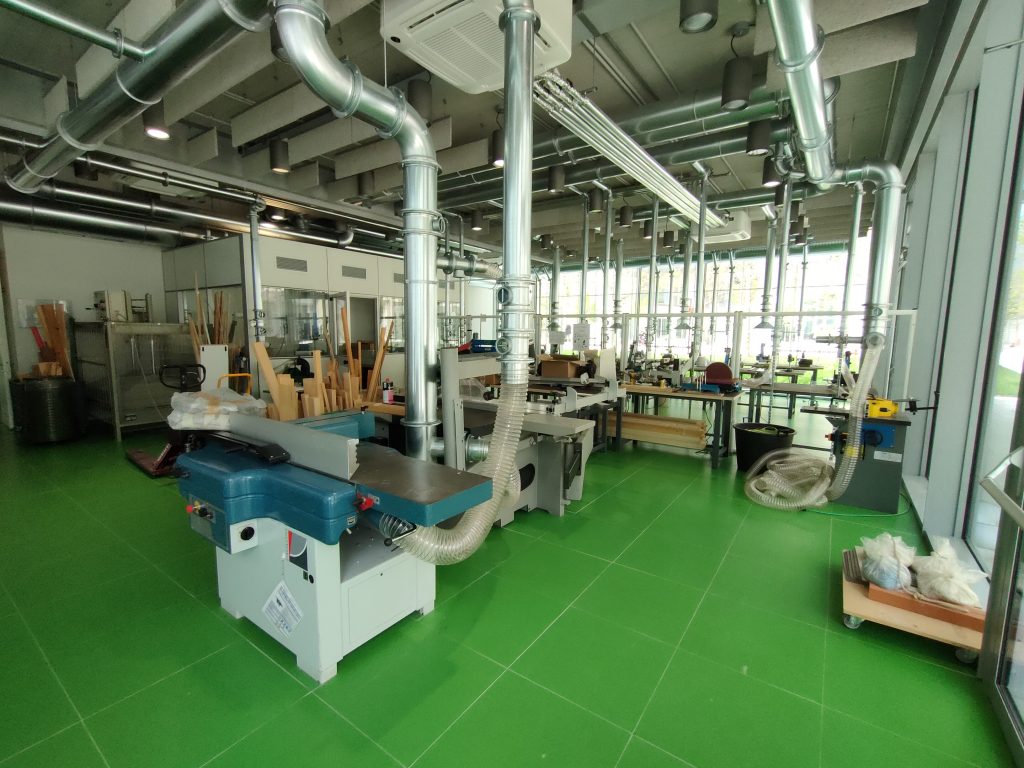

Some machines are manageable and programmable even remotely. As well as these 'hands on' machinery this laboratory also hosts two new tools, spearheads of digital modeling: the Virtual Theater and the Holographic Table .
The Virtual Theater is a room with a 360 ° curved wall of about 7 meters in diameter, for the simulation of three-dimensional urban or interior environments, inside of which a person can have an immersive experience that offers the feeling of real and reactive space . The room is equipped with programmable sensors: for example, it is possible to make the environment react to the movement of a cyclist or a person running on a treadmill.
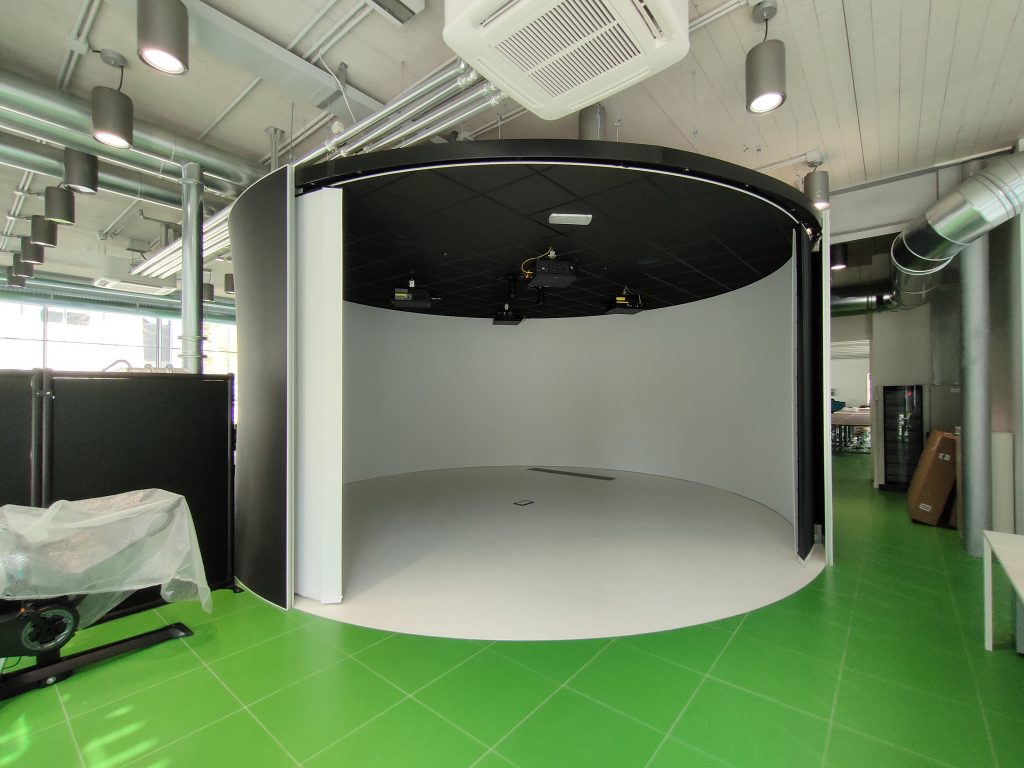
The Holograms Table, on the other hand, allows the visualization of three-dimensional objects in a holographic environment, that is, in the 3D space in front of us. " The researcher can see the object as if it was really in front of him ", comments Bolognesi, "one feels the urge to touch it, manipulate it. We understand that there are only two Hologram Tables in Europe for research, and that this is the most recent; it will be an important incentive to explore the frontiers of research in the modeling field and beyond".

The fields of application are many: from biomedical experimentation on prostheses or other devices (researchers could have immediate feedback on the way in which the device interacts with the human body) to cultural heritage projects (it is possible to view a restoration work before and after adding components, in real time), to mechanics .
"The Holograms Table and the Virtual Theater will encourage students and researchers to discover even further and to become confident with new techniques ", continues Bolognesi, "because it will give them the possibility of seeing something realized that cannot be seen in any other way, but it could only be imagined. Together with the ABC research group we have viewed here at LaBora our study on the complex of Santa Maria delle Grazie in Milan: 174 scans, a 30 giga point cloud. From the Theater it is possible to visit the whole complex, inside and outside the church, enter the cloisters, the Bramante sacristy, observe the state of decay as well as the beauty of these vaults. The level of detail is high, with definitions up to 5mm. The colleagues of the 3DSurvey Group were able to view the virtual model of the Val Chiavenna, created as part of the Interreg VA Italy-Switzerland AMALPI.18 project, also in this case with an impressive level of detail: a model of kilometers where, by zooming in, it is possible to view up to the section of the cables of the power lines of the valley. In the Virtual Theater, colleagues from the Department of Architecture and Urban Studies (DASTU) viewed experiments on the Campus, redesigned adjacent urban environments, simulation components on flows of people otherwise not viewable. LaBora is truly a science amusement park for those who love to imagine and design ”.
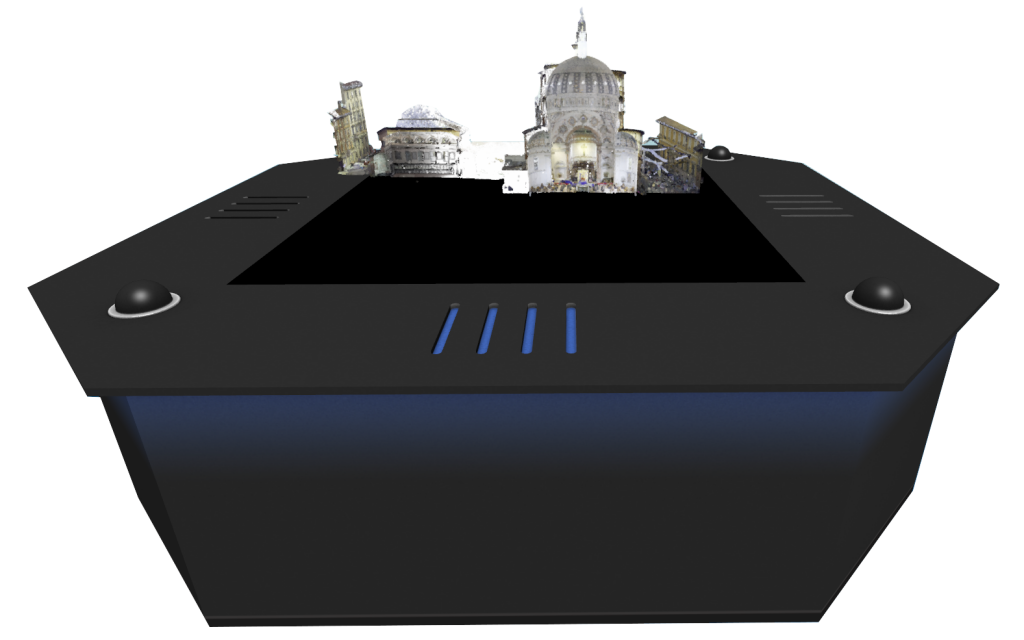
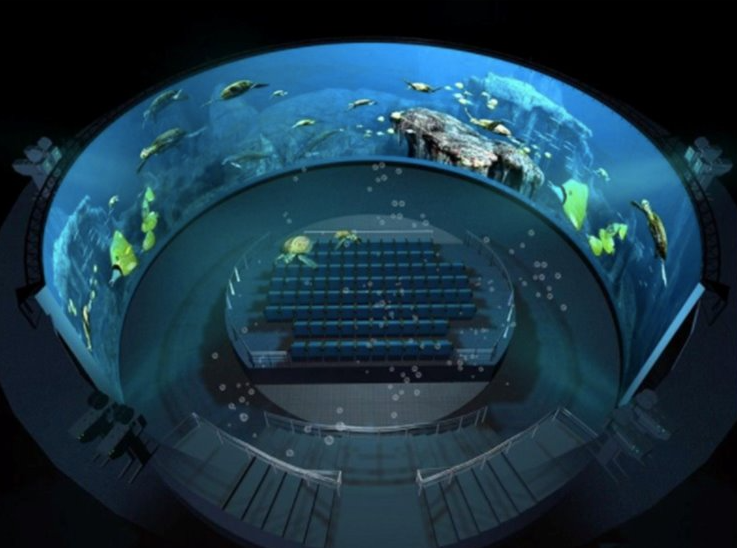
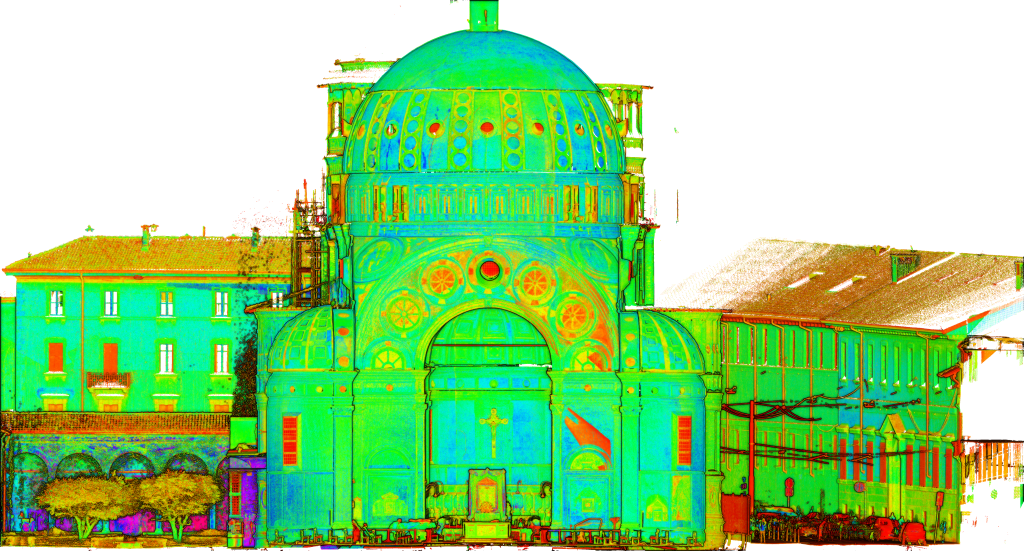
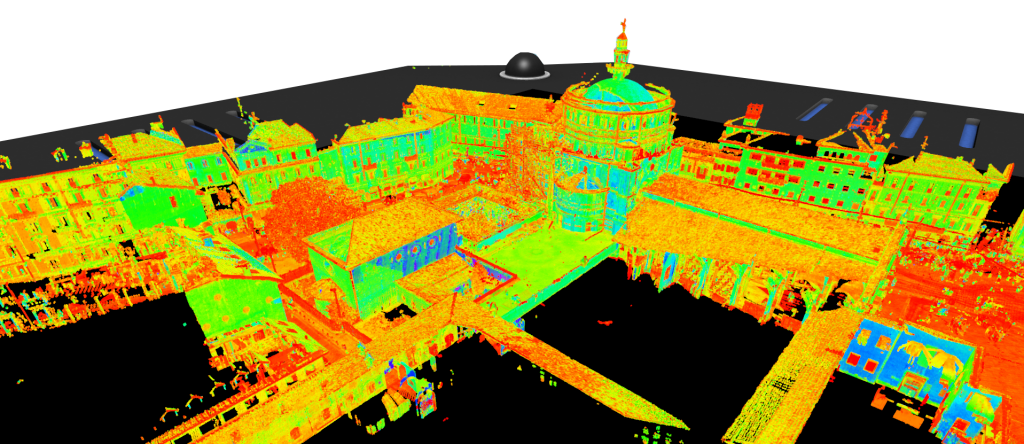
“ One of the lab's missions is to create a place where research, teaching and the territory develop a virtuous relationship, a relationship at the heart of our University's strategies . Here postgraduate students, departmental researchers, doctoral students but also companies and institutions that collaborate with the Politecnico will have space: it is important to bring these realities in the local territory and make them a flywheel of proposition and innovation with repercussions also outside the academic world ”, continues Bolognesi.

"We will involve colleagues from various disciplines in the LaBora, who will be able to use the lab as a strength point also inside their European projects". The contamination and hybridization between physical and digital will produce new effects here.
"We will involve colleagues from various disciplines in the LaBora, who will be able to use the lab as a strength point also inside their European projects". The contamination and hybridization between physical and digital will produce new effects here.
Help us to built new spaces and allow brilliant students to shape their future and to young researchers to carry on their projects. Give Now